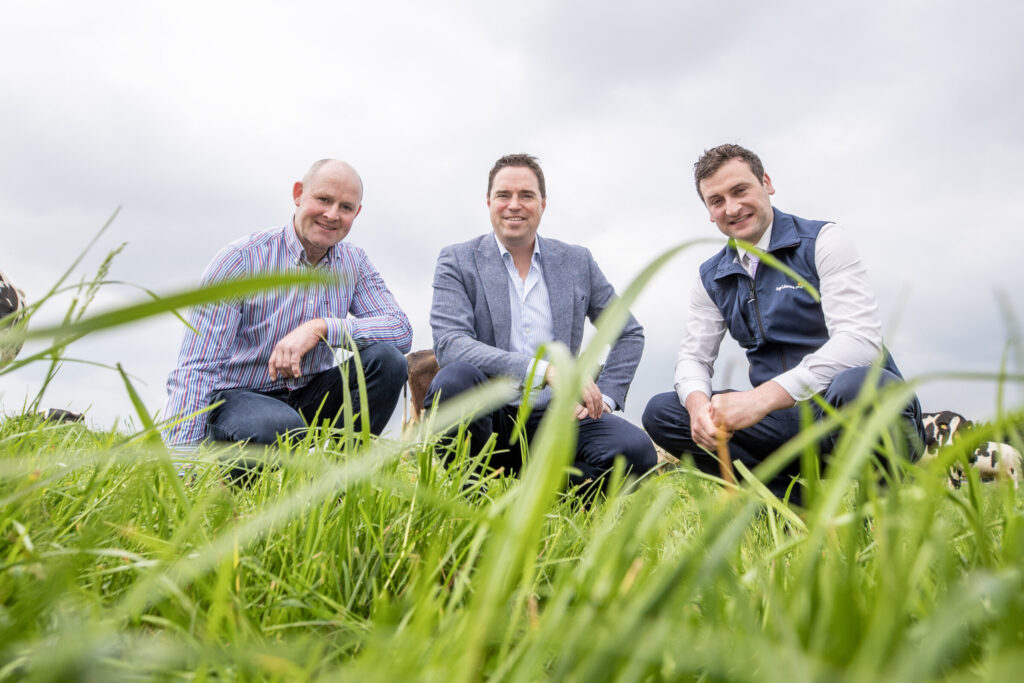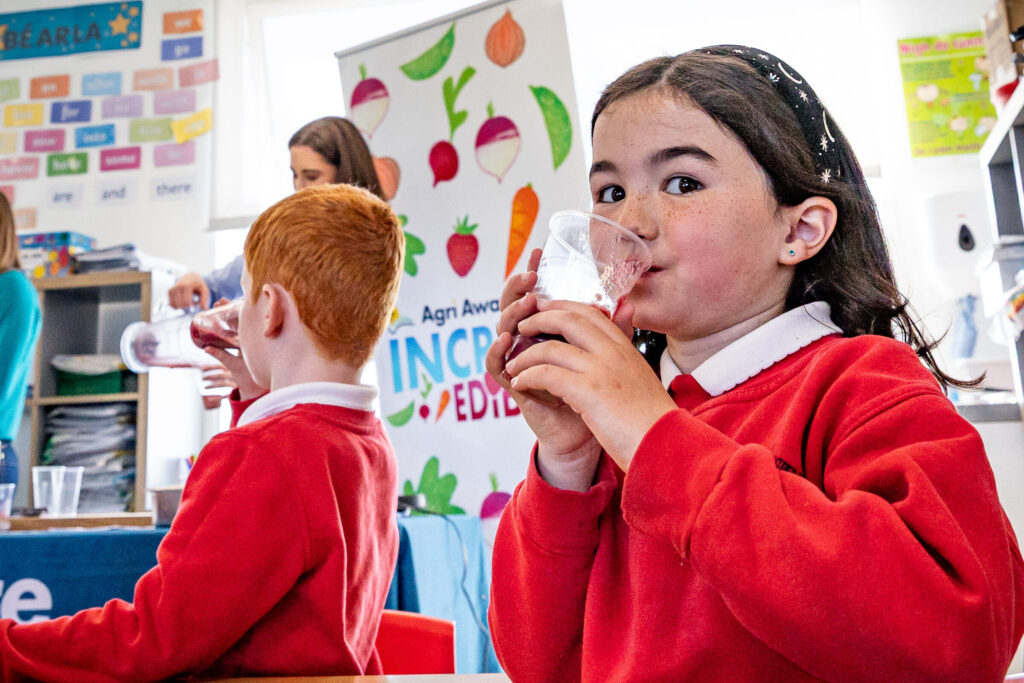Machinery
Machinery safety
Farming is one of the most dangerous occupations in Ireland according to the Health and Safety Authority. Safety is a key consideration when working on farms particularly around machinery and vehicles, which are the main causes of accidents. Agricultural machinery should only be operated by those who are fully trained and competent and possess full knowledge of all controls and operating procedures.
One of the most commonly used pieces of machinery is a power take-off (PTO) drive shaft. PTO shafts are the source of power for many machines that are attached to the tractor and powered by the tractor’s engine. When the PTO is in operation it should be totally enclosed by the guard that is undamaged and matches the shaft in both length and size. When attaching any machine to a tractor users should take every precaution to prevent injury or getting crushed.
FRS offers training safety courses on a range of agriculture and horticulture courses. The purpose of the tractor driving course is to equip the learner with the relevant knowledge, skill and competence to operate a tractor in compliance with recommended standards, European Union (EU) and Irish legislation and good farming practice.
Farmers and operators should do their walk around checks before operating the machine to make sure that they have sufficient amounts of fuel, that lights are all working, check the tyre pressures, check the machine for oil and water and also make sure that the brakes are in good working order. They should check for any hydraulic leaks and make any necessary repairs
Farm machinery
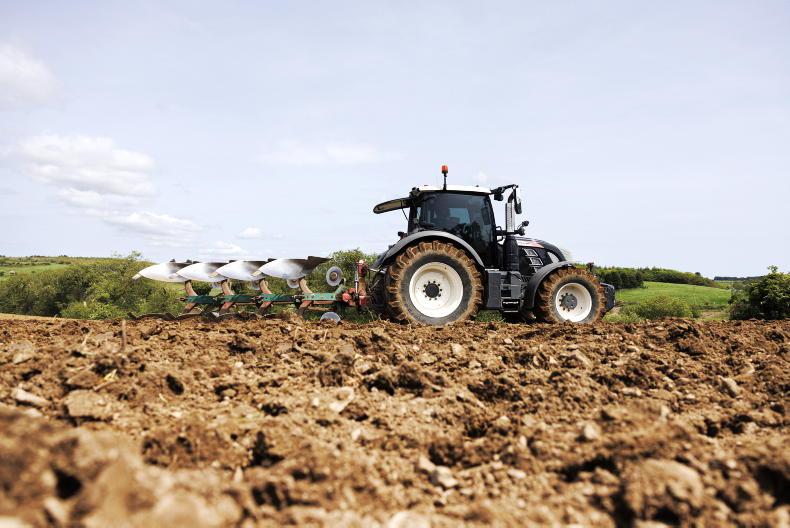
Plough
Ploughs are used to turn the soil over and break it up. The circular discs on the plough cut the soil and the mouldboard turns the sod over. This important operation involves completely burying vegetation an surface matter while also turning up fresh soil to the air and weather.

Harrow
Harrowing prepares the seed bed by loosening, breaking-up and levelling the soil to produce a firm, fine, friable (crumbly) and stone-free seed bed.
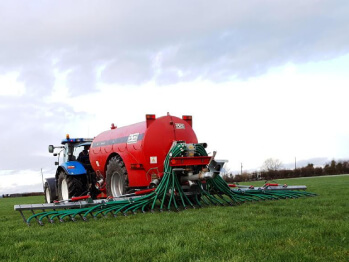
Splash plate/LESS
Applies slurry to fields. The splash plate is being replaced with low emission slurry spreader (LESS) systems that are more environmentally friendly and efficient. Trailing shoes apply slurry closer to the soil surface and reduces losses to air.

Roller
Used to turn the soil over and break it up. The circular discs on the plough cuts the soil and the mouldboard turns over the sod. This important operation involves totally burying vegetation and surface matter while at the same time turning up fresh soil to the air and weather.
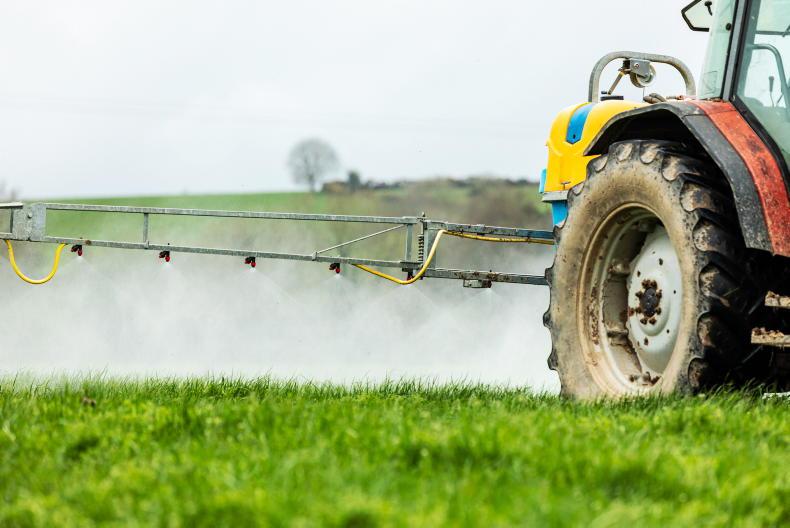
Sprayer
Sprayers are precision machines for applying liquid fertiliser, herbicides, fungicides and insecticides to combat pests and diseases.

Combine harvester
A combine harvester is large, complex and expensive. It cuts, threshes, separates the seeds from the straw and cleans the seed in one combined operation, hence the name. Its used to harvest wheat, barley, oats, rapeseed, linseed and beans.

Potato harvester
These machines lift, clean and sort potatoes in one operation.

Mower
Grass is cut in summer to preserve it as silage or hay for winter feeding. A mower/conditioner cuts the grass and squeezes it between rollers to release moisture and speed up drying.
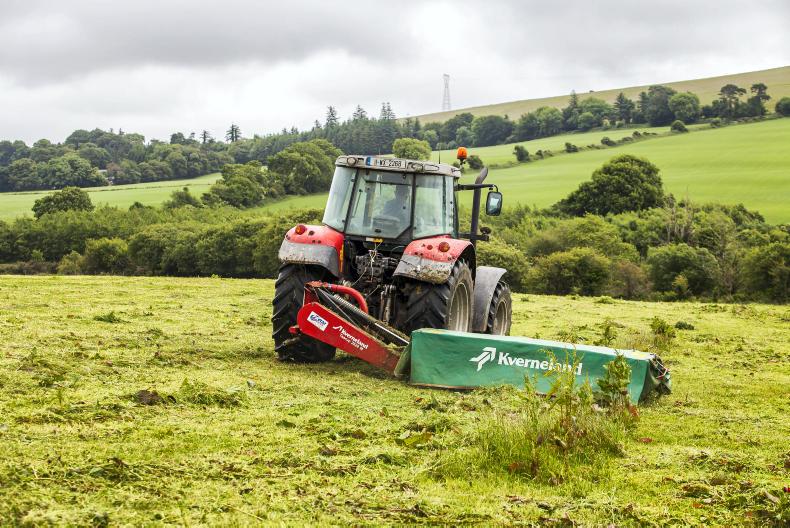
Topping
This machine cuts seed stems from grazed fields. Topping stimulates new leafy growth, which makes pastures more nutritious and palatable for animals.
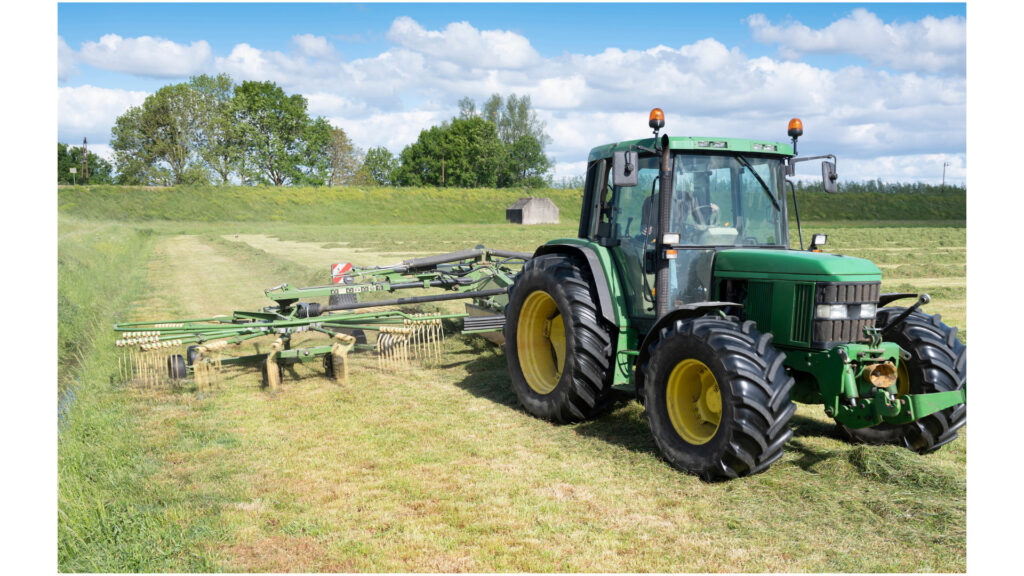
Hay tosser/tedder
Hay making involves drying grass with sun and air movement. These machines speed up the process.

Silage trailer
These trailers are for transport, storage and feeding. The cut grass is packed into the trailer in bales. If grass is not fully dried to hay it is wrapped in plastic to make silage, or haylage (dryer than silage but not as dry as hay).
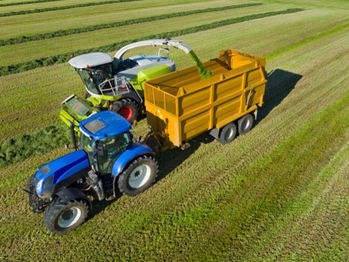
Forage/Silage harvester
These machines chop the grass and blow it into trailers to be taken to the silage pit.
